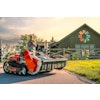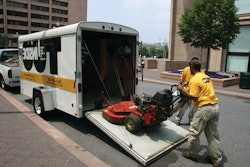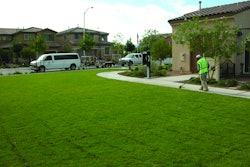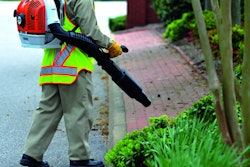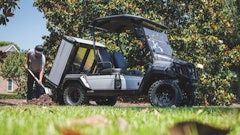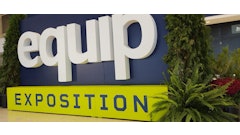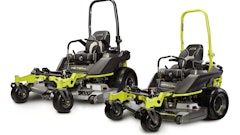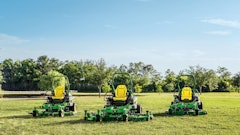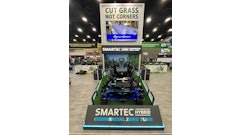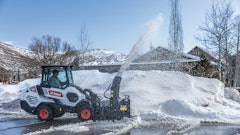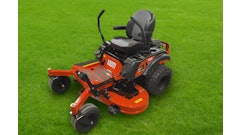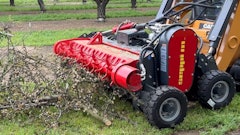When managed properly, the service department can be a profit powerhouse. At Klei Mower in Cincinnati, OH, they are continuously looking for new ways to invest in their service department and help technicians to get the job done quickly and correctly.
Through their efforts and investments, they have seen improvements in production, and in turn profitability. Staff and customers are coming away satisfied with how the department is run.
Policies That Equal Performance
Atypical of most million-dollar dealers, Klei Mower’s income is skewed more heavily toward service. Where most high-volume dealers see less than 20 percent of revenue coming from service labor, Klei Mower sees roughly 40 percent. “The toughest thing we deal with is not being able to get to everyone all the time,” says Dennis Klei, the third-generation owner of the dealership.
That’s why Klei Mower now limits what it will accept for service repairs. “As far as residential mowers, we’ll only work on the brands we sell, because we usually have the parts in stock,” Klei explains. “Commercial mowers are limited, too. More often than not, we’ll only work on certain brands.”
Since Klei Mower started this policy a few years ago, the service department has never come close to running out of work. “We never lay off employees,” Klei points out. “It’s my job to keep our service department busy in the winter by constantly reminding customers that it’s the perfect time to get their mowers in for service.”
Being a dealership built on service, Klei’s focus is on creating an environment where technicians can be as productive as possible. The first step is diligently sending out service cards at the start of the off-season to drive service work. This helps alleviate the number of frustrated customers needing service when the spring rush is on and their grass needs mowing.
Discounted rental equipment is also available, which helps ease the customer’s frustration while they wait for their equipment to be repaired.
Investing in Workspace
Klei has continually made facility investments to keep up with growth. In 1960 the dealership started off in a 20x40 garage. An old barn was used for storage. In the ‘70s the barn was expanded by roughly 1,000 square feet. A new 3,200-square-foot showroom was built in 1984, and a 4,032-square-foot warehouse was erected in 1995.
The warehouse was used for storage and service operations. With business continuing to grow, especially on the wholegoods retail side, technicians were finding themselves more and more cramped, which put a strain on production.
Continuing with his father’s and grandfather’s traditions of making substantial facility investments every 10 years or so, Klei gave the go ahead for a huge expansion in 2006 that added approximately 3.5 acres of land and 9,000 square feet of warehouse space.
The new 9,000-square-foot warehouse is split in half. One side is used for equipment setup and crated inventory. The other half is used for units that have already been serviced, handheld equipment and other “smaller” wholegoods inventory. The old 4,032-square-foot building is now devoted entirely to shop production.
They also added parts storage cabinets in the service department, making better use of wasted space for shelving while improving organization.
“Giving our techs more room to work has proven to be the best thing we’ve done in a long time,” Klei says. “Production has been record-setting since we did.”


